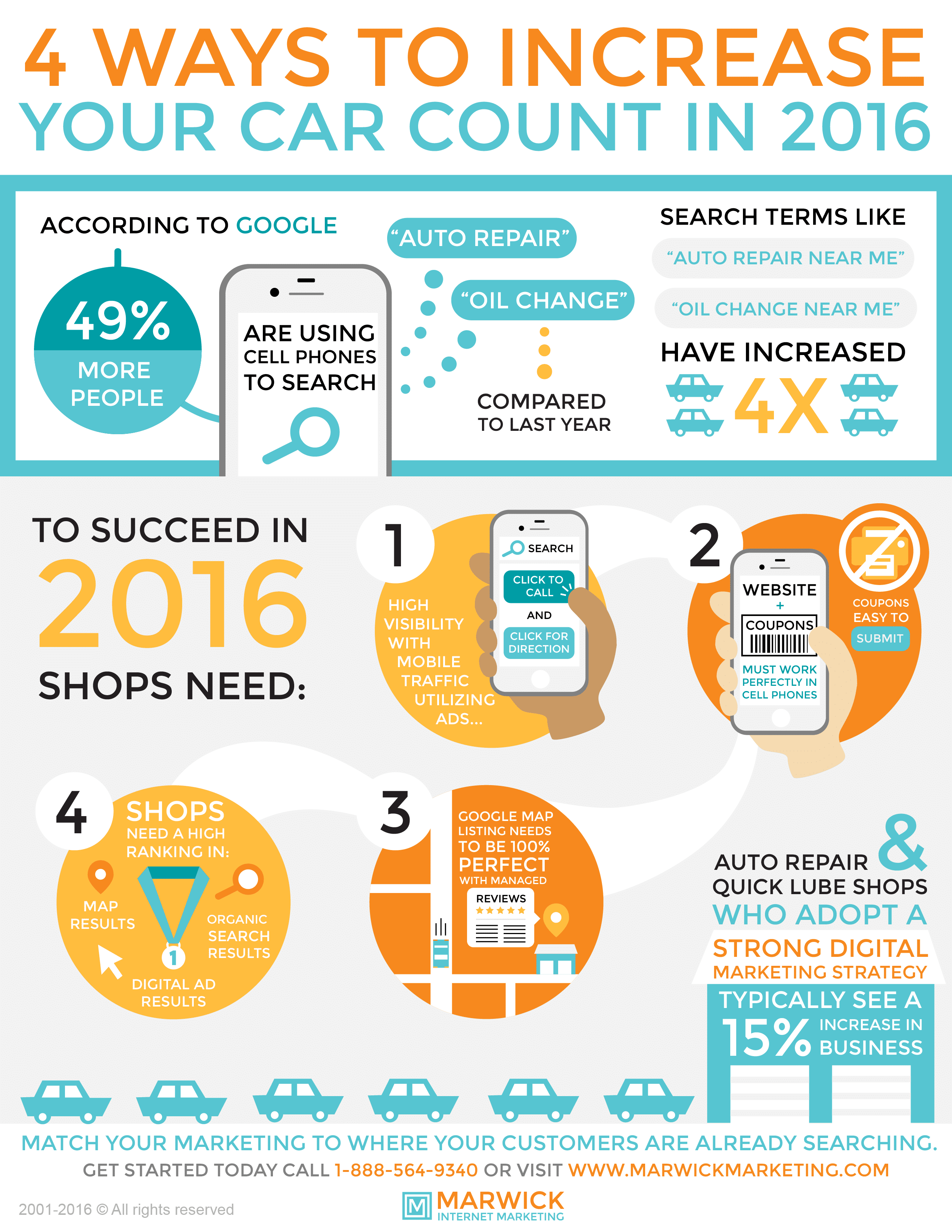Analyzing Your Vehicle'S Alert Lights: Their True Implications
Analyzing Your Vehicle'S Alert Lights: Their True Implications
Blog Article
Content Develop By-Faulkner Stark
When you lag the wheel, those beautiful caution lights on your control panel can be a little bit difficult. Do you understand what they're attempting to inform you about your car's health and wellness? Comprehending the significance of these lights is vital for your safety and the long life of your automobile. So, the next time among those lights pops up, wouldn't you intend to understand its message properly and take the needed steps to resolve it?
Common Warning Lighting and Interpretations
Identify typical warning lights in your auto and recognize their meanings to make certain safe driving.
The most typical warning lights consist of the check engine light, which indicates concerns with the engine or emissions system. If this light begins, it's critical to have your lorry checked without delay.
The oil pressure advising light shows reduced oil pressure, calling for immediate interest to stop engine damage.
A flashing battery light may recommend a damaged billing system, possibly leaving you stranded if not dealt with.
The tire stress monitoring system (TPMS) light signals you to low tire pressure, impacting automobile security and fuel performance. Disregarding this can bring about dangerous driving conditions.
The ABS light shows an issue with the anti-lock braking system, compromising your capacity to quit swiftly in emergency situations.
Last but not least, the coolant temperature level advising light warns of engine overheating, which can lead to extreme damages otherwise resolved swiftly.
Recognizing these common warning lights will certainly aid you attend to problems quickly and preserve risk-free driving problems.
Significance of Prompt Focus
Recognizing the common caution lights in your automobile is only the very first step; the significance of promptly resolving these cautions can not be emphasized enough to guarantee your safety when driving.
When a caution light illuminates on your control panel, it's your cars and truck's way of communicating a potential issue that requires interest. Neglecting these cautions can result in a lot more severe problems in the future, endangering your safety and security and potentially costing you a lot more in repairs.
Trigger interest to advising lights can avoid breakdowns and accidents. For just click the following article , a blinking check engine light might indicate a misfire that, if left unattended, might cause damages to the catalytic converter. Addressing https://www.justice.gov/usao-ma/pr/former-boston-police-auto-repair-technician-sentenced-wire-fraud-charges can save you from an expensive repair work.
In a similar way, a brake system advising light may signal reduced brake fluid or worn brake pads, essential elements for your safety when driving.
DIY Troubleshooting Tips
If you discover a warning light on your control panel, there are a few do it yourself repairing tips you can attempt prior to looking for expert aid.
The initial step is to consult your vehicle's handbook to comprehend what the specific warning light indicates. Sometimes the problem can be as straightforward as a loosened gas cap setting off the check engine light. Tightening the gas cap might resolve the issue.
One more typical problem is a reduced battery, which can activate numerous warning lights. Examining the battery links for deterioration and guaranteeing they're protected might fix the trouble.
If a caution light persists, you can attempt resetting it by separating the cars and truck's battery for a couple of minutes and after that reconnecting it. Additionally, checking your lorry's liquid levels, such as oil, coolant, and brake liquid, can aid troubleshoot cautioning lights associated with these systems.
Conclusion
Finally, comprehending your cars and truck's warning lights is essential for keeping your automobile running smoothly and securely. By promptly attending to these signals and understanding what they suggest, you can avoid expensive repair services and possible malfunctions.
Bear in mind to consult your automobile's guidebook for particular information on each warning light and act as necessary to make sure a trouble-free driving experience.
Stay educated, stay safe when traveling!
